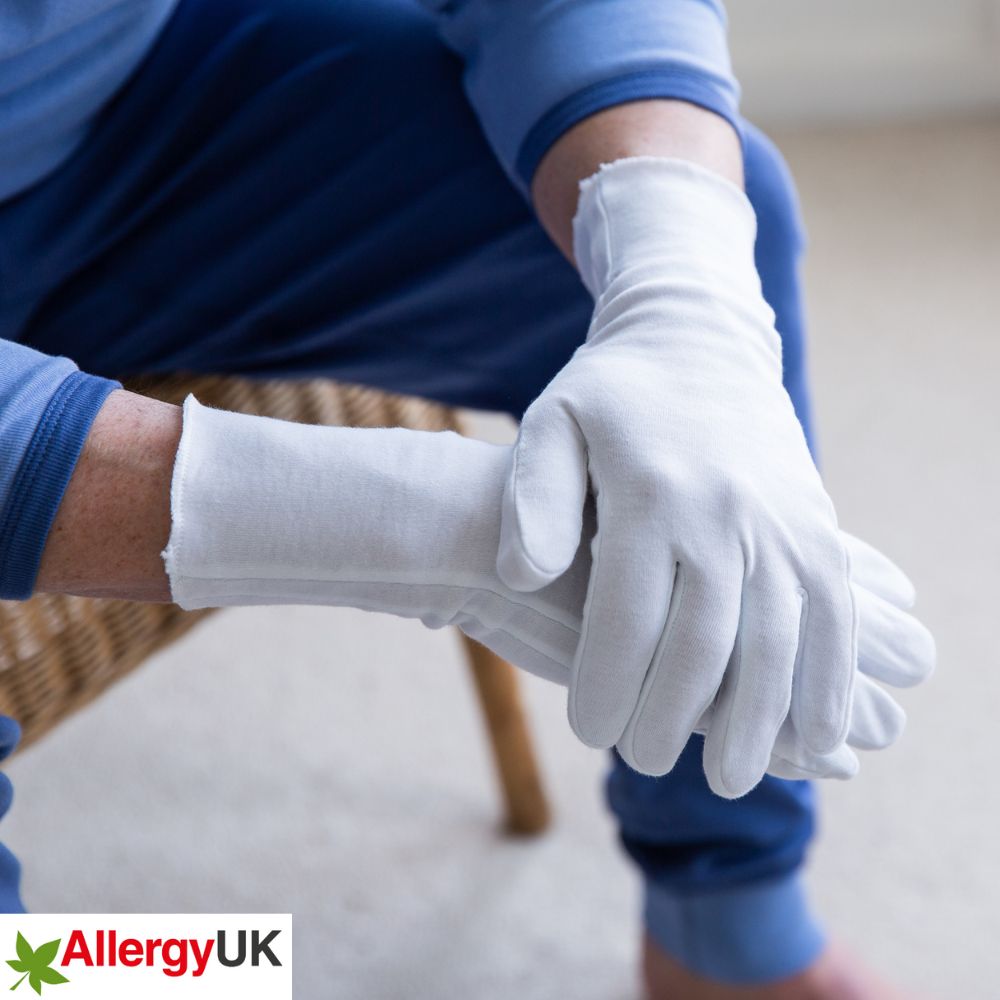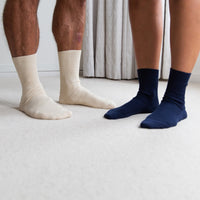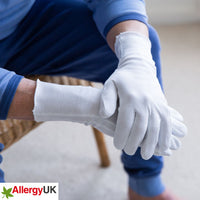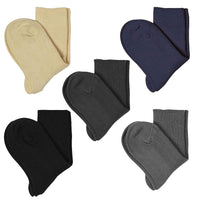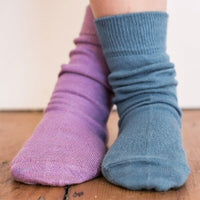
Understanding Nipple Eczema: Symptoms, Triggers, and Management Tips
Understanding Nipple Eczema: Symptoms, Triggers, and Management Tips
Understanding Nipple Eczema: Symptoms, Triggers, and Management Tips
Nipple eczema, also known as nipple dermatitis, is a skin condition that can cause significant discomfort and embarrassment. It manifests as inflammation, itching, redness, and sometimes blistering or cracking around the nipples and areolae. This condition can be particularly bothersome due to the sensitivity of the area and its potential impact on breastfeeding.
What is Nipple Eczema?
Nipple eczema is a type of eczema or chronic inflammatory skin condition. When it affects the nipples, symptoms can include redness, itching, dry and scaly skin, or even painful cracks and blisters. The severity of these symptoms can vary and may come and go over time. Although the exact cause isn't fully understood, it often occurs in people with a history of eczema, allergies, or sensitivity to certain irritants.
How Common is Nipple Eczema, and Who Can Get It?
While nipple eczema isn't as common as some other types of eczema, it's certainly not rare. Both men and women can develop this condition, though it's more frequently reported in women, partly because breastfeeding can be a significant trigger, alongside hormonal changes. If you have a history of atopic dermatitis, allergies, or asthma, you're more likely to experience nipple eczema. Other triggers include contact with certain fabrics, soaps, or lotions, and sometimes reactions to medications.
Diagnosing Nipple Eczema
To diagnose nipple eczema, a healthcare professional will typically examine your skin and ask about your symptoms and any potential triggers. Sometimes, they might perform patch testing to identify specific allergens or irritants. It's crucial to differentiate nipple eczema from other conditions like fungal infections, psoriasis, or more serious issues like Paget's disease of the breast. In some cases, a biopsy might be needed for a clear diagnosis.
How is Nipple Eczema Treated?
Treating nipple eczema mainly involves reducing symptoms and avoiding triggers. Emollients or moisturisers play a big role. They help keep the skin hydrated and maintain the skin barrier. Avoiding irritants is key, so identify and steer clear of harsh soaps, detergents, and certain fabrics that might aggravate your skin. Oral antihistamines can help relieve itching, and if there's a secondary infection, appropriate antimicrobial treatments will be necessary. Topical steroids are also prescribed by doctors to reduce inflammation and itching but, particularly for the sensitive skin of the nipples, care needs to be taken and only limited use of mild to moderate potency steroids is typically suggested.
Products we particularly recommend are...
Organic Manuka Skin Soothing Cream

Can Men Get Nipple Eczema?
Absolutely. While it's more commonly reported in women, men can also get nipple eczema. The symptoms and treatments are quite similar regardless of gender. If you're a man experiencing persistent symptoms around the nipples, it's important to see a doctor to rule out other potential causes and get the right treatment.
Special Considerations for Breastfeeding Women
Breastfeeding can make you more susceptible to nipple eczema due to increased exposure to moisture and friction. This can make breastfeeding uncomfortable and challenging. However, there are ways to manage it. Using gentle, fragrance-free cleansers and moisturizers can protect the sensitive skin of your nipples. Breathable, non-irritating breast pads can help keep the area dry and reduce friction. Ensuring your baby is properly latched can minimize nipple trauma and prevent the symptoms from getting worse. Topical treatments, like low-potency steroids, can be used but should be wiped off before nursing to ensure your baby doesn't ingest any residue. Emollients are safe to use and can be applied more liberally.
Underwear and Clothing Tips
What you wear can have a big impact on managing nipple eczema. Choosing the right underwear and clothing is crucial. Opt for soft, breathable fabrics like cotton or silk to reduce irritation. Avoid synthetic materials that can trap moisture and cause friction. Make sure your bras fit well – too tight can cause chafing, and too loose can lead to rubbing. A professional bra fitting session can be invaluable and appointments are now available in many well-known stores on the high street, such as M&S and Next, as well through independent experts (see www.bralady.co.uk to find someone near you in the UK). Seamless bras are a great option as they minimise friction. When it comes to washing your clothes, use mild, fragrance-free detergents to avoid exposing your skin to harsh chemicals.
Here are our top Bra recommendations...
Best Bra’s for sensitive skin and eczema
Final Thoughts
Nipple eczema can be uncomfortable and sometimes embarrassing, but with the right care and treatment, it's manageable. Understanding the symptoms, triggers, and effective management strategies can help you maintain comfort and continue your daily activities. If you suspect you have nipple eczema, consult a healthcare professional for an accurate diagnosis and appropriate treatment plan.



